Joseph Mallord William Turner (1775-1851)
Get a Joseph Mallord William Turner (1775-1851) Certificate of Authenticity for your painting (COA) for your Joseph Mallord William Turner (1775-1851) drawing.
For all your Joseph Mallord William Turner (1775-1851) artworks you need a Certificate of Authenticity (COA) in order to sell, to insure or to donate for a tax deduction.
Getting a Joseph Mallord William Turner (1775-1851) Certificate of Authenticity (COA) is easy. Just send us photos and dimensions and tell us what you know about the origin or history of your Joseph Mallord William Turner (1775-1851) painting or drawing.
If you want to sell your Joseph Mallord William Turner (1775-1851) painting or drawing use our selling services. We offer Joseph Mallord William Turner (1775-1851) selling help, selling advice, private treaty sales and full brokerage.
We have been authenticating Joseph Mallord William Turner (1775-1851) and issuing certificates of authenticity since 2002. We are recognized Joseph Mallord William Turner (1775-1851) experts and Joseph Mallord William Turner (1775-1851) certified appraisers. We issue COAs and appraisals for all Joseph Mallord William Turner (1775-1851) artworks.
Our Joseph Mallord William Turner (1775-1851) paintings and drawings authentications are accepted and respected worldwide.
Each COA is backed by in-depth research and analysis authentication reports.
The Joseph Mallord William Turner (1775-1851) certificates of authenticity we issue are based on solid, reliable and fully referenced art investigations, authentication research, analytical work and forensic studies.
We are available to examine your Joseph Mallord William Turner (1775-1851) painting or drawing anywhere in the world.
You will generally receive your certificates of authenticity and authentication report within two weeks. Some complicated cases with difficult to research Joseph Mallord William Turner (1775-1851) paintings or drawings take longer.
Our clients include Joseph Mallord William Turner (1775-1851) collectors, investors, tax authorities, insurance adjusters, appraisers, valuers, auctioneers, Federal agencies and many law firms.
We perform Joseph Mallord William Turner art authentication, appraisal, certificates of authenticity (COA), analysis, research, scientific tests, full art authentications. We will help you sell your Joseph Mallord William Turner or we will sell it for you.
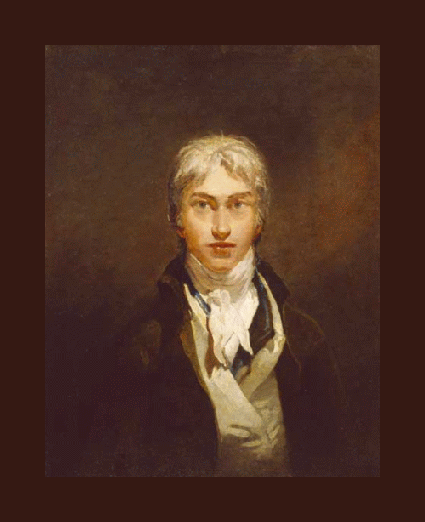
The painting, “The Fighting Temeraire”, by Turner, which hangs in the National Gallery in London, was recently voted “the Greatest Painting”, in Britain, by a poll carried out by BBC Radio Four. So who exactly was this artist who was full of paradoxes?
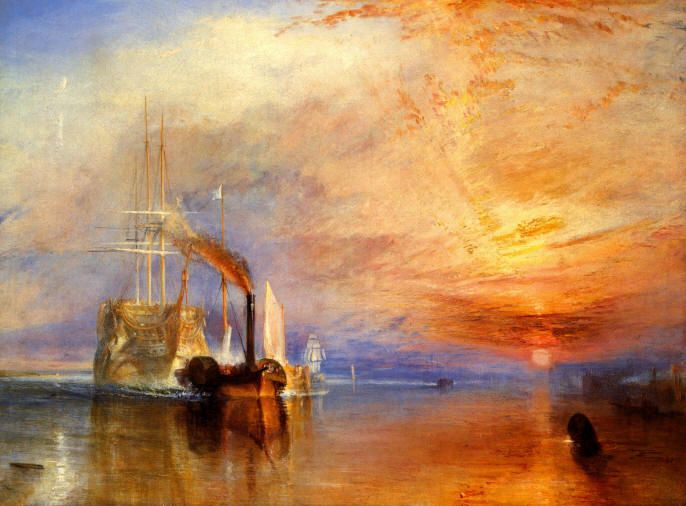
He was known as the founding Father of watercolor landscapes, but also loved the drawing of erotica. He traveled widely all over Europe, and courted publicity by opening his own gallery. At the end, however, he turned his back on his wealth, and notoriety, choosing to finish his days as a recluse. Let’s start at the beginning. His full name was Joseph Mallord William Turner. He was born in London in 1775, to a family that was neither rich nor poor. His Father was a barber and a wig maker. His Mother sadly suffered from mental health problems, and she was committed to an asylum where she later died in 1804. Turners’ artistic career started at a young age. He always had a love of drawing. His Father, who supported his son’s passion wholeheartedly, exhibited his drawings in his barbershop. At the age of fifteen, success was already knocking at his door, when one of his paintings was hung in the Royal Academy of London.
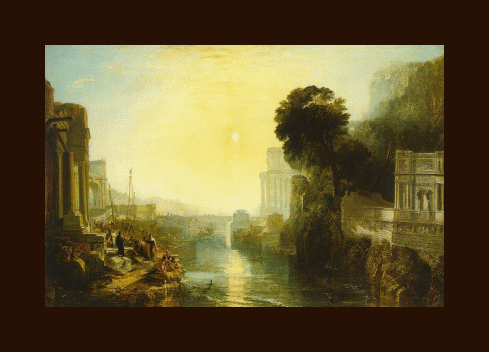
Therefore, it was decided. Joseph Mallord William Turner was to study art, and become an artist. It is unlikely that at this young age he had any sense of the destiny before him, and that he would become known throughout the world as “the painter of the light.”
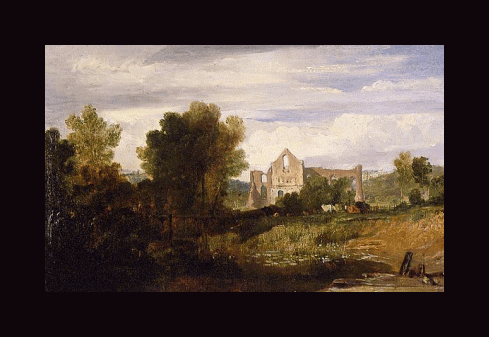
He enrolled at the Royal Academy in 1789, and studied with the landscapist Thomas Malton. By the year 1796, he began exhibiting at the Royal Academy’s annual exhibition. The first painting he exhibited was an oil painting, entitled, “Fishermen at Sea”, it was a moonlight scene which won approval from the art critics of the day. The early paintings that he exhibited were mostly of historical subjects. Turner was an intrepid traveler, and he traveled widely around England, Scotland, and Wales in search of inspiration.
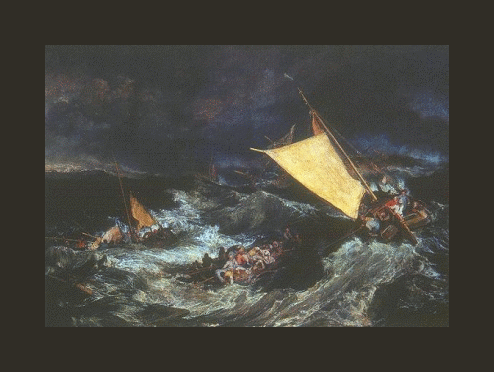
In 1802, while still in his early twenties, he was elected a full time member of the Royal Academy, and it is said that he took his duties very seriously indeed. That same year he was to pay his first visit to France, a country that was to have a great influence on him. The first painting he executed in France, was entitled, “Calais Pier”, which now hangs in the National Gallery of London. After Calais, he then went to Paris, where he studied a number of the Old Masters at the Louvre. It was then onto Switzerland. His first trip to Europe was a success, and he executed more than four hundred drawings that were to serve as inspiration for many paintings.
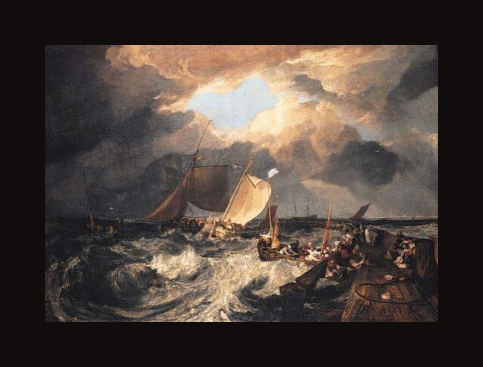
By his late twenties, he had attracted many admirers of his art, and became a wealthy man in his own right. In 1804, he set up his own gallery, in his house in Harley Street in London. Following in the footsteps of the French landscape painter Claude Lorraine, who was one of the Masters of seventeenth century landscape painting, he published “Liber Studiorum” (1807-1819). “Liber Studiorum” consisted of seventy drawings that were later reproduced by engraving under Turner’s supervision. It was also in 1807, that he began painting from his own boat, the famous views of the River Thames in London.
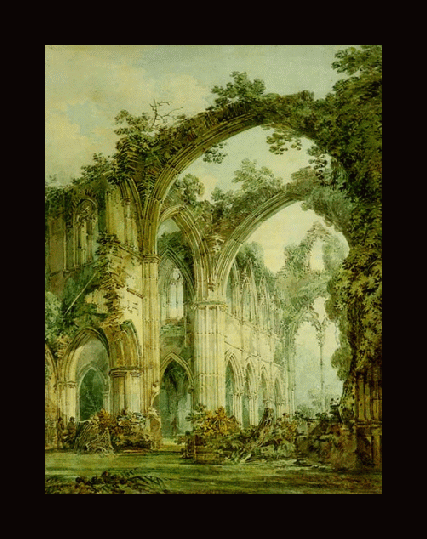
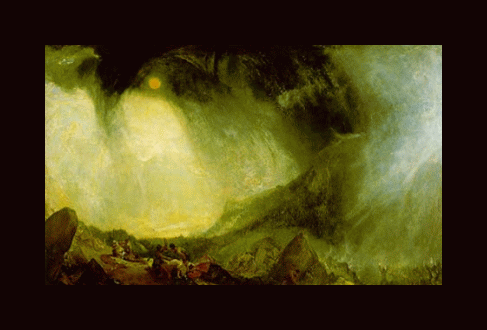
It was in 1819, that he made his first trip to Venice, and this trip marked a fundamental change in his art. It was from this time onwards that he became concerned with the effects of the light. His paintings began to evoke all kind of atmospheric conditions. The emphasis of color and light in his paintings produced stunning evocative scenes. Turner is of course known throughout the world for his magnificent scenes of Venice. He was to return to Venice two more times, in 1833, and also in 1840. In his use of light, Turner was of course also before his time, and his paintings were years later, to have a great influence on the Impressionists. It was as a result of the paintings he produced in Venice, that he became known as “the painter of the light”. Claude Lorraine, who he had chosen to emulate some years before, had also been known as a Master of the light.
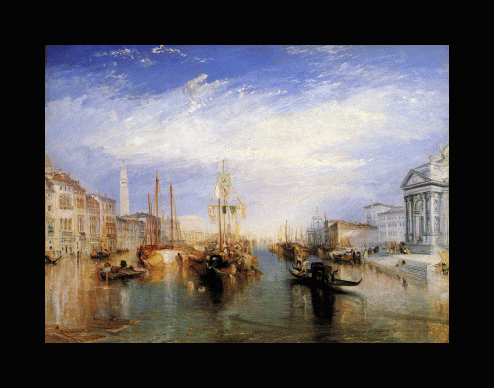
It was in 1839, that Turner exhibited his painting, “The Fighting Temeraire”. He called it, “My Darling” and refused to sell it. It was a ship that had been in the Battle of Trafalgar, and in fact the full title of the painting was, “The Fighting Temeraire, Tugged to the Last Berth to be broken up”. The title is of course self explanatory, and it was accompanied in the catalogue, by lines from Thomas Campbell’s, “Ye Mariners of England, The Flag which braved the battle, and the breeze, No longer owns her”.

Something that people often forget in the history of Turner is that he was also one of the most important painters of the Loire Valley in France. He embarked on a long journey there, in 1826, traveling upstream from Nantes to Orleans. He visited more than forty towns in the Loire region, executing drawings and watercolors as he went along.

From 1829 to 1837, he focused more on the light, than he had already done, and some art critics were not happy with this development. A painting that shows beautifully his treatment of the light in this period, is, “The Burning of The Houses of Parliament”, which was executed in 1835, and now hangs in the Philadelphia Museum of Art.

Turner’s devotion to his art left little time for a private life. He never married, although he had a mistress, Sarah Darby, by whom he had two daughters. He had an incredibly close relationship with his father, who lived with Turner for thirty years. On many occasions he acted as his studio assistant. When his father died, Turner fell into a depression.
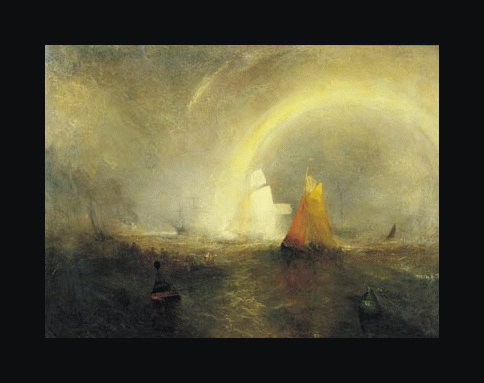
In 1846, Turner took the decision to live in seclusion. He left his large house that he had built in 1812, and went to live in Chelsea, on the other side of Westminster. He changed his name, and cut off all contact with his friends. He lived the life of a recluse for his remaining years. He died on December 9, 1851 and was buried, as he had requested, in St. Paul’s Cathedral. He bequeathed all of his drawings, and paintings to the Nation. He also left the sum of £200,000 (about $350,000 US dollars) to build a house for poor artists, which was a substantial amount of money for the 19th century. Turner had both faithful admirers, and fervent critics of his work, throughout his life. One of his most famous admirers was John Ruskin, a writer, poet, and art critic of the time. John Ruskin first met Turner when he was studying at Oxford, and spent his life devoted to the painter, fighting his cause, and his art at every given opportunity. In his famous work, Modern Painters, which ran to five volumes, he faithfully defended Turner against all criticism. Yet, as well as being a scholar, and a devoted fan of Turner, he also suffered from Victorian prudishness. It is said he divorced his wife because he couldn’t bear the sight of her pubic hair. This may indeed be a myth, we will never know.
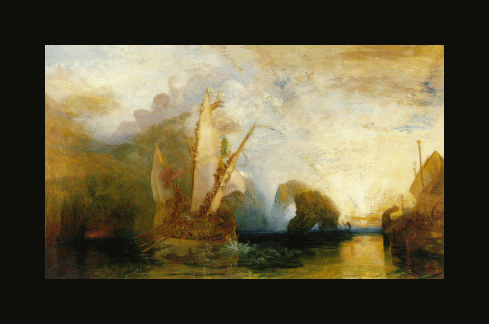
Upon Turner’s death, he was asked to catalogue the massive bequest left to the National Gallery, by Turner. It was whilst doing so that he came across a number of erotic drawings. He was in shock, most likely, not only because of his prudishness, but also because he had put Turner on a pedestal. These drawings showed that Turner with all his talent, was also made of flesh, and had base instincts like all humans; So shocked was he, it has long been thought that he burned these drawings in a bonfire, in order to protect Turner’s posthumous reputation. This was supported by a letter he wrote to Ralph Nicholson Wornum, the keeper of the National Gallery, and Ruskin’s supposed partner in crime. He wrote to Wornum, four years after the purported event, “I am satisfied that you had no other choice than to burn them…”. However, many have commented that this letter may have been a cover up, to protect them from prosecution. The passing of the Obscene Publications Act in England had made it an offence to possess pornographic drawings. In 2003, it seemed that the mystery was solved when Ian Warrel, a Turner Expert, and Curator at the Tate, after having trawled through thousand of drawings, declared that the erotic drawings were still there, and had in fact never been burned. He wrote in the British Journal of Art in 2003, that the bonfire incident, “has passed into the popular imagination as one of the defining landmarks of Victorian Censorship,” and he went on to say, “What evidence there is to support this version of events is slight.” However, one thing is certain, whether the drawings were burnt or not, John Ruskin who spent his whole life defending Turners reputation, would have been proud to see that his painting, “The Fighting Temeraire”. was voted the greatest painting in Britain. Do you think you may own a painting, a watercolor or a drawing by Turner? Our researchers can help you find out. Contact us. We are the Joseph Mallord William Turner experts.
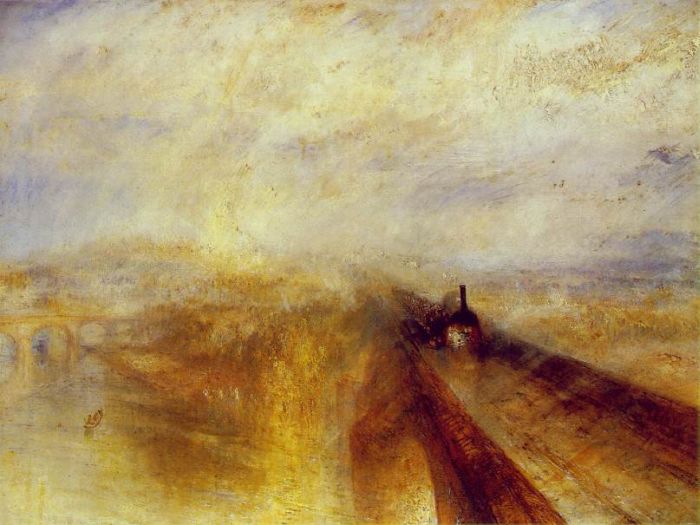
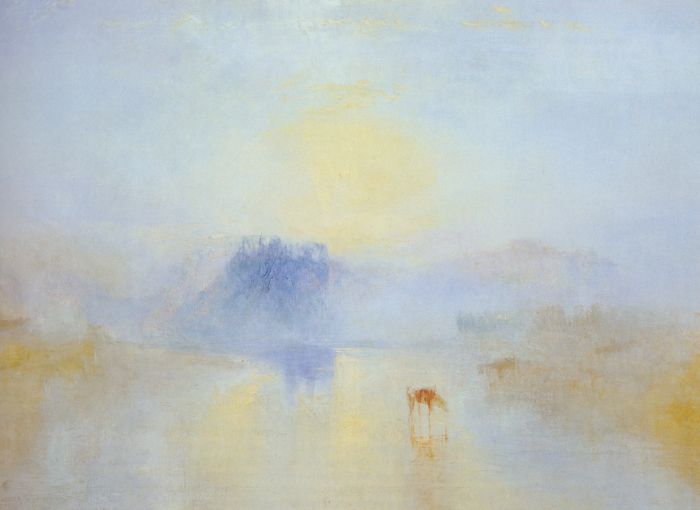

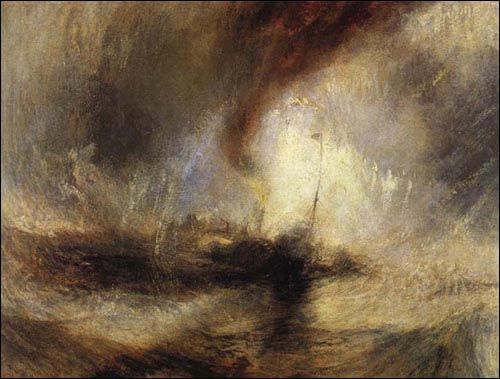

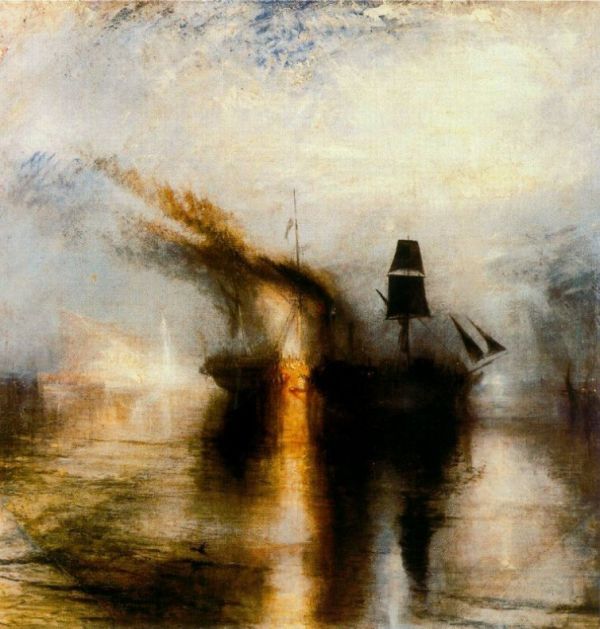
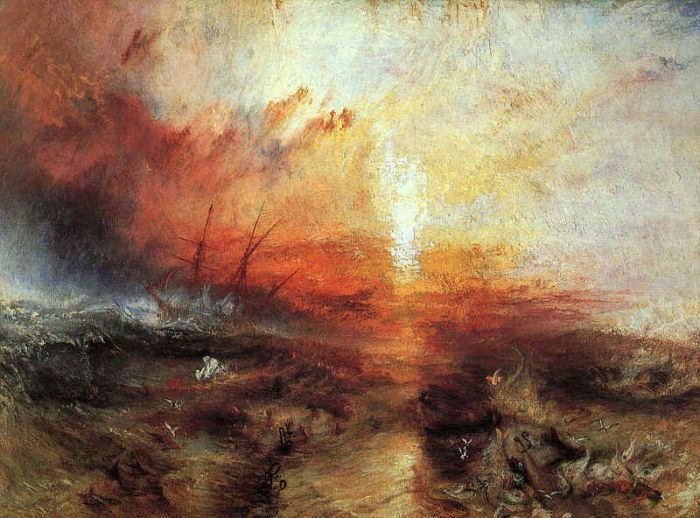

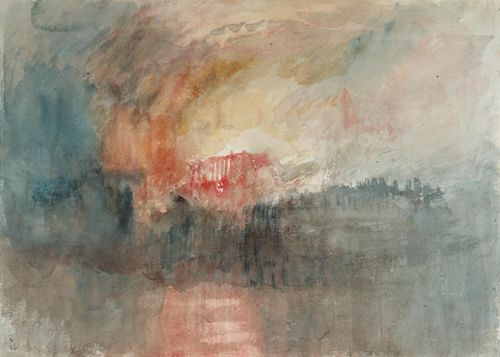



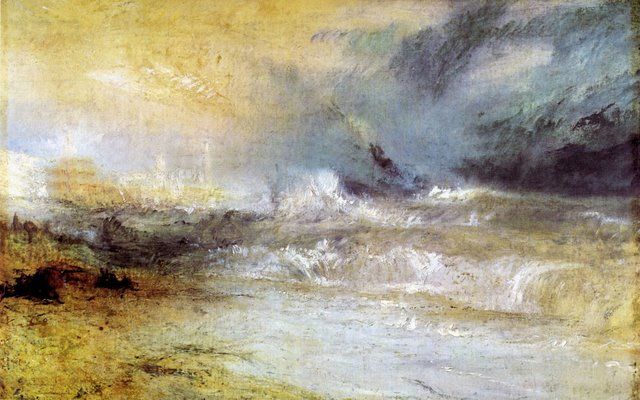

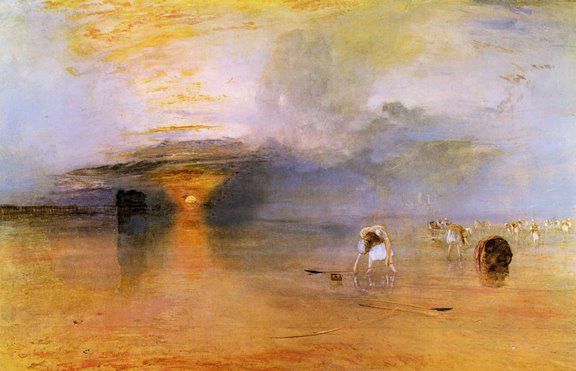
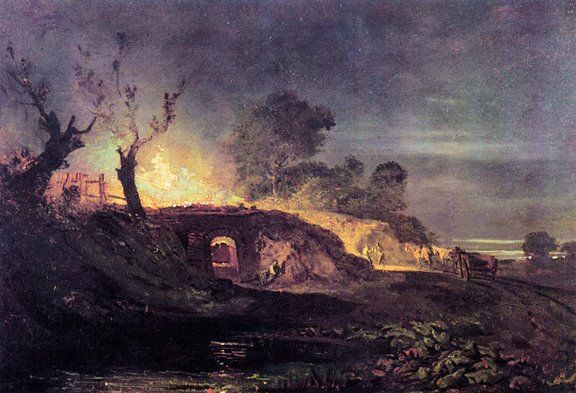
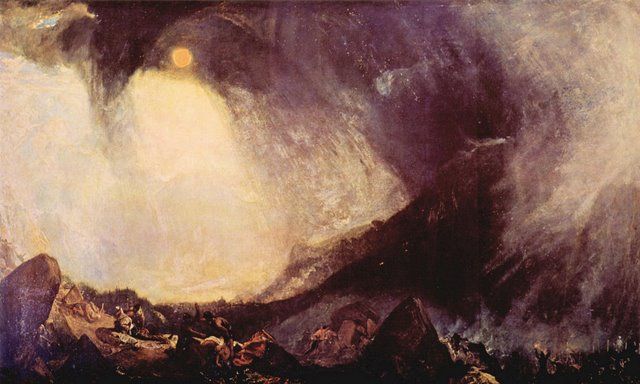
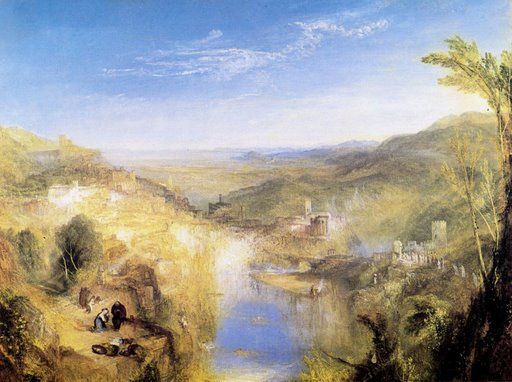

Reviews
1,217 global ratings
5 Star
4 Star
3 Star
2 Star
1 Star
Your evaluation is very important to us. Thank you.
